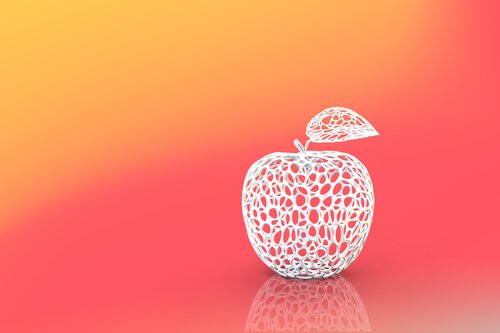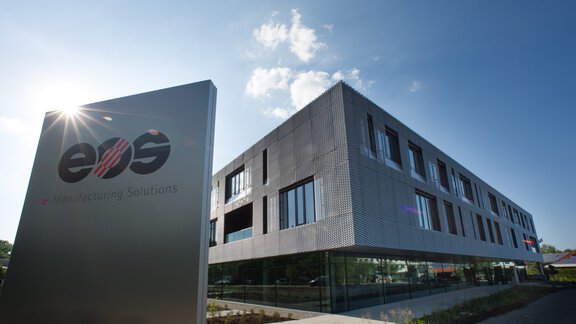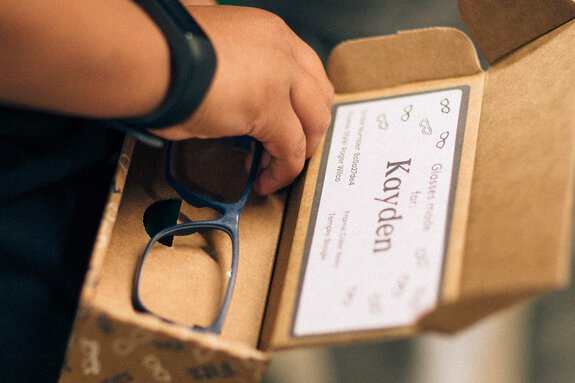Unlocking Higher Performance 3D Printed Applications
Key factors to consider in 3D printing design
Inspired by Brad’s brilliant insights, here are some key factors to consider in your 3D printing design, including what you should and shouldn’t do when designing products for additive manufacturing.
Filling the void with specialist engineering software
Traditional manufacturing processes have been around for quite some time. As such, the design software industry has largely centered on these methods. Systems like CAD, CAM and CAE (computer-aided design, manufacturing and engineering, respectively) have served the manufacturing industry well, but they don’t fully accommodate what 3D printing brings to the market. 3D printing and AM are more supportive of building from the ground up than classic methods of manufacturing (and, by association, design).
New digital tools specifically designed for AM can — and should — be incorporated into current manufacturing systems to complement them while fully utilizing the power of 3D printing.
Embracing human creativity
Additive manufacturing does an excellent job of alleviating human involvement in the “grunt work” of production — as a fully digital process it automates the complete physical build. This begs the question: what is the role of the human engineer if artificial intelligence (AI) is automatically generating parts?
The answer to this is innate human creativity. The human ability to come up with innovative solutions and make connections is what feeds the continued progress of manufacturing technology. To capture this creativity, 3D printing software is now being developed to support and encourage the removal of tasks like cleaning up a model that distracts from thinking about the engineering of parts themselves.
Tips for creating better products with additive manufacturing
To get the most out of AM and the specialist software used, Brad has a few useful tips for engineers to keep in mind:
- Find the proof points: Whether it’s a simple example of making jigs and fixtures for your manufacturing process or completely reimagining the construction or combination of parts in an engine, a successful deployment will affirm the benefits that you can achieve through additive manufacturing.
- Adopt a new way of thinking: Using your proof point as inspiration, encourage thought patterns that look at engineering problems from the perspective of “how can I increase efficiency and reduce bottlenecks by using this technology?” This will holistically impact business as a whole, incrementally bringing the company-wide thought process around to looking for AM solutions to problems.
- Build a reusable set of workflows: An innovative way of building one thing can have inherent benefits to other future projects too. Take advantage of the universality and “open source” nature of AM designs you develop — that way, every engineer in your organization can access and utilize them in other projects where they could provide solutions that otherwise hadn’t been considered.
The design capabilities of additive manufacturing software allow you to take your 3D printing to the next level by overcoming some of the limitations of traditional manufacturing and design techniques, opening up the possibilities for greater innovation and more creative problem-solving.
Listen to Additive Snack now
To find out more about how 3D printing applications can enhance your additive manufacturing projects, listen to our Additive Snack podcast episode — Unlocking Higher Performance 3D Printing Applications with Brad Rothenberg — where Brad delves deeper into the details of how nTopology’s software helps companies achieve greater designs.
Author: Fabian Alefeld

Brad Rothenberg, founder and CEO of the engineering software company nTopology on some of the best ways to unlock the full potential of 3D printing.
LISTEN NOW


